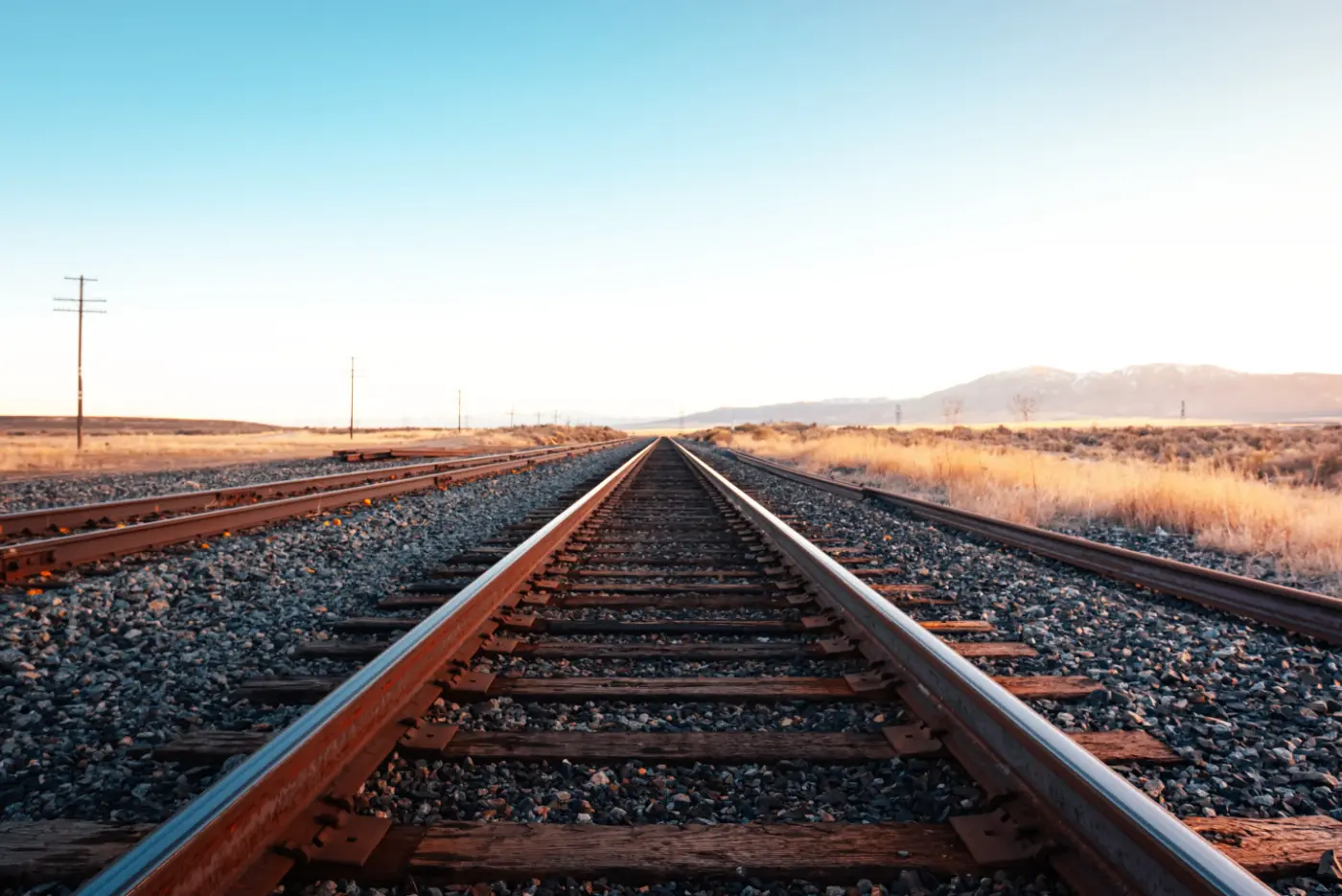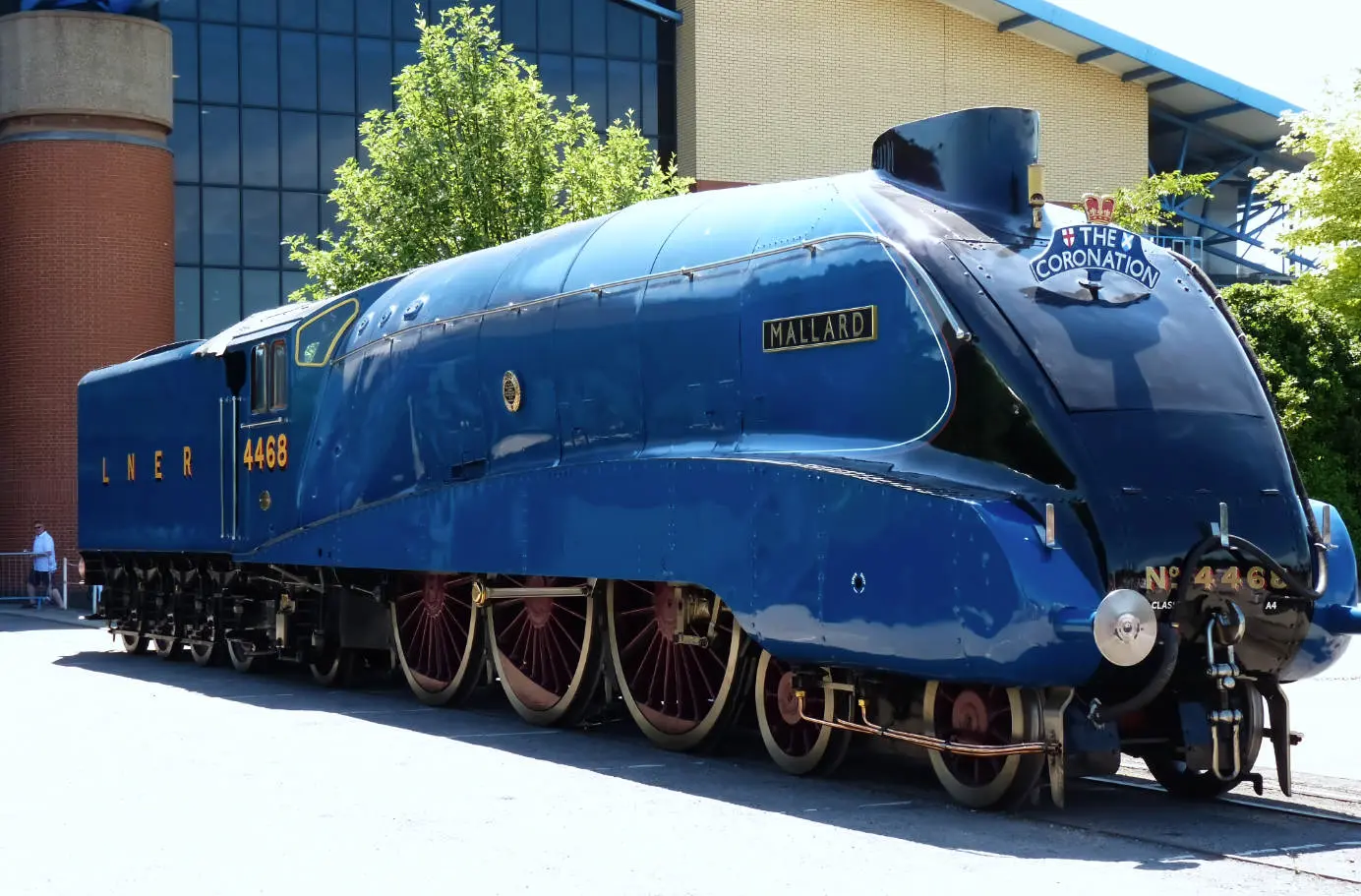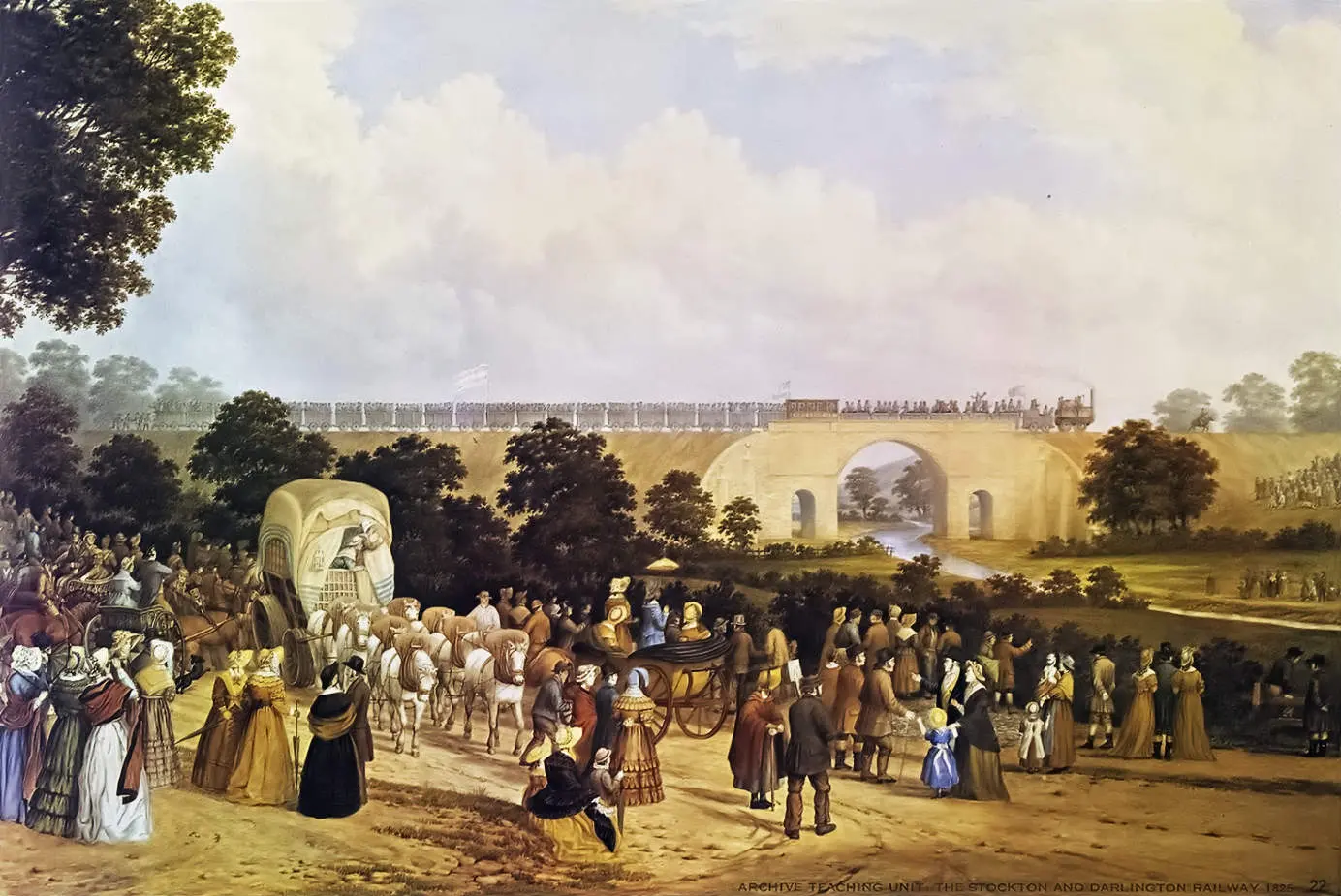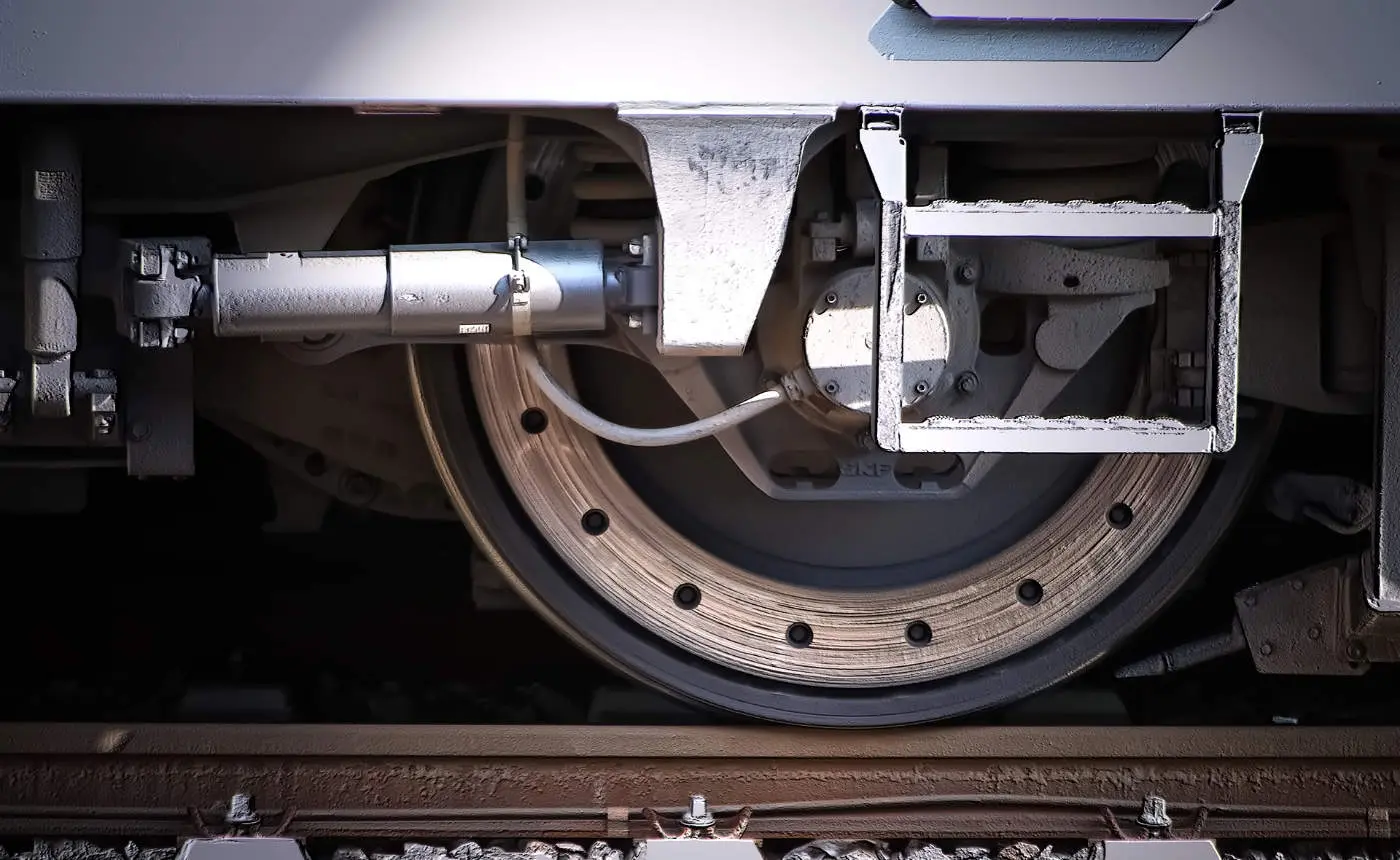What is the Oldest Metro System in the World?
Many of us have tried a metro system somewhere around the world, maybe even multiple different ones. But have you ever wondered when metro systems were introduced in cities? How old are they, and which one is the oldest in the world? Read on to discover the answers to those questions.
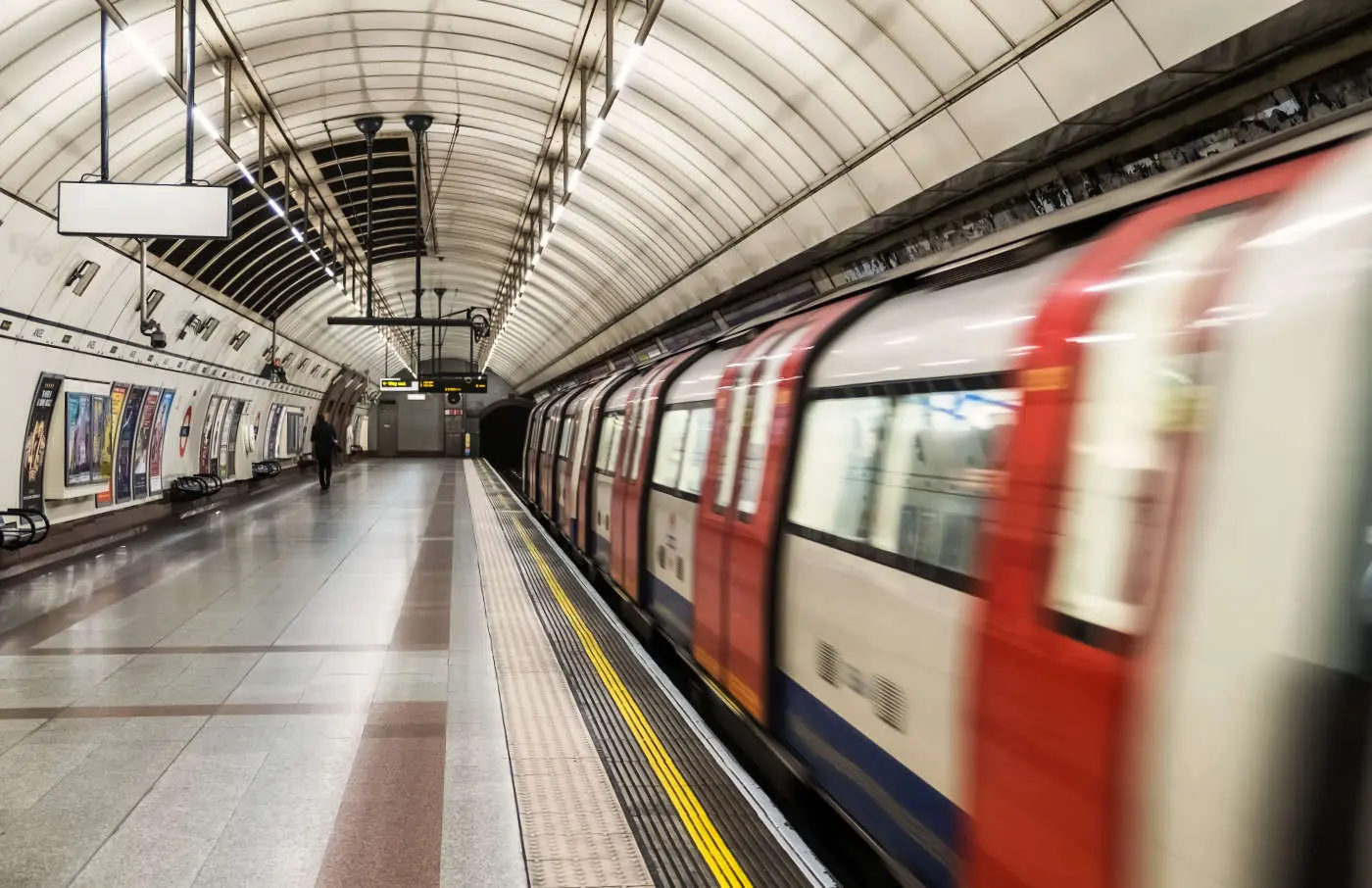
Nowadays, just about every densely-packed city in the world has a metro or transit system, from the gleaming new trains and stations in some Asian cities to the historically preserved stations in Europe. But what is the oldest metro system in the world?
The oldest metro system in the world is the London Underground, also known as “the tube”, which opened its first line in 1863 using steam locomotives.
We all know about some of the most famous transit systems, but did you know that there are over 200 transit systems in the world? Read on for information on the oldest metro systems and some stats about the newest transit systems.
First, let us define what we mean by "Metro system" because different terms are used in various parts of the world:
What is the Oldest Metro System in the World?
The first metropolitan transit system opened in London, England, on January 10, 1863.
At the time, it utilized wooden carriages pulled by steam engines and was known as the Metropolitan Railway.
The first line of the Metropolitan Railway ran northwest from central London to what is now the Middlesex suburbs and connected with railway stations at Paddington, Euston, and King’s Cross, which are still in use today.
In 1884, the District Railway completed the Circle Line in London in conjunction with the Metropolitan Railway. Both railways continued to expand and were joined by other railway systems, including the Waterloo, City Railway, the Central London Railway, and the Great Northern and City Railway, creating a transit system.
Today, the London Underground (known as “the Tube”) is the second largest metro system in the world, with 402 kilometers of track and 272 stations.
How Did They Build the London Tube?
To build the London Underground, engineers used the "cut and cover" method of digging tunnels. This meant they cut a large trench in the street, built in the underground tunnel with bricks, and then used the dug-out material to cover the tunnel and fill in the hole.
This means that the oldest metro lines in the world (in London and elsewhere) are very close to the road surface - you can even hear the trains rumbling past from above.
The first successful deep-level underground railway is the City and South London Railway line of the London Underground, which opened in 1890. This was built using the Tunnelling shield method, where you built a permanent structure as you dig along. This is essentially the same method used today for metro systems.
London Underground - The first Metro System changing from Steam Trains to Electrified Trains.
The original 1863 line of the London Underground was operated by using gas-lit wooden carriages hauled by steam locomotives. Health issues inevitably started to emerge due to using steam trains in closed tunnels. The train drivers had even been allowed to grow beards (on the assumption that the hair would absorb some of the soot and sulphur). But alternatives needed to be evaluated and were so in order to secure future use.
So in 1890, Electric train cars were introduced on the City and South London Railway section of the London Underground. Electric trains had only been used on experimental terms before this. So this means that the City and South London Railway section of the London Underground is not only the first successful deep-level underground railway in the world but also the first successful large-scale use of underground electric trains in the world.
These are the two things we today associate with an underground metro system, so you can argue that the City and South London Railway section of the London Underground is actually the first modern underground metro system in the world.
What is the Second Oldest Metro System in the World?
Aside from the Istanbul Tünel, which opened in 1875 and transports passengers only 573 meters, the second oldest metro system is the Chicago “L”. Known as the “L” because large portions of it are above ground (I.e., "L" is short for "Elevated"), this transit system opened on June 6th, 1892. (Yes, this is older than the most well-known transit system in the US–the New York Subway–which opened in 1904.)
Today, the Chicago system is the third busiest in the U.S., with over 600,000 riders weekly. The New York Subway and the Washington, D.C. metro are the two busiest U.S. transit systems.
Many of the oldest metro systems in the world were developed in the late 19th century, along with developments in electric trains.
Here is a chart of the 10 oldest metro systems in the world:
| Metro System | Country | Year Opened |
|---|---|---|
| London Tube | England | 1863 |
| Istanbul Tünel | Turkey | 1875 |
| Chicago "L" | USA | 1892 |
| Glasgow Circular Underground | Scotland | 1896 |
| Budapest Metro | Hungary | 1896 |
| Paris Metropolitain | France | 1900 |
| Berlin U-Bahn | Germany | 1902 |
| NYC Subway | USA | 1904 |
| Philadelphia SEPTA | USA | 1907 |
Other interesting facts about Metro systems
What is the Longest Metro in the World?
Nowadays, metro systems can span hundreds of miles of track. The longest metro system is China’s Shanghai Metro. This system is 802 km (498.3 mi) long and includes the Bund Sightseeing Tunnel, which is a glass tunnel with projected light art along its walls.
What Metro System Has the Most Stations?
It may not be the longest, but the New York City Subway has the largest number of stations, with 424 and counting (472 if you count connecting stations separately).
The busiest subway station in NYC is the Times Square-42nd St. station, where you can transfer to the N, Q, R, W, S,1,2,3,7, A, C, and E subway lines. In some years, a whopping 65 million riders may pass through this station alone.
What Metro System Has the Most Lines?
The NYC subway also has the most lines of any system in the world, with 24 lines running day and night, every single day of the year.
What is the Busiest Metro in the World?
There are two metros in the world that are at the top of the busiest metro list. The Seoul Metropolitan Subway had the largest number of riders in 2019, clocking in at 2.9 billion trips in one year. (Yes, billion.)
The Seoul Subway is also known as one of the cleanest and most efficient metro systems, with WiFi and TV screens on trains and heated seats.
The second busiest metro system in the world is the Shanghai Metro, which carried 2.8 billion riders in 2020. Remember, this is also the longest metro.
Both of these metro systems are expanding, so in future years, ridership may top 3 billion rides per year on some of these busy systems.
Third place goes to the Tokyo Metro, which had 2.7 billion passengers in 2019. For comparison, the London Tube carries around 1.35 billion riders per year.
What is the Fastest Metro in the World?
You can take the Shanghai Maglev train from Shanghai's Pudong International Airport to the Longyang metro station at a whopping 268 miles per hour (431 km/h). That means it takes only around 7.5 minutes to travel approximately 20 miles into the city center. This is one of the fastest trains in the world today.
This train uses Maglev technology, which stands for “Magnetic Levitation.” The train actually “floats” above the track using powerful magnets rather than using metal wheels against a metal track, which is one of the reasons it is so fast.
Conclusion
The London metro is the oldest metro system in the world, yet it is still going strong and making London run even over 160 years later. The world saw the development of metropolitan transit systems explode in the late 1800s, leading the way to today’s supertrains moving people in metro areas.
Also, read:
